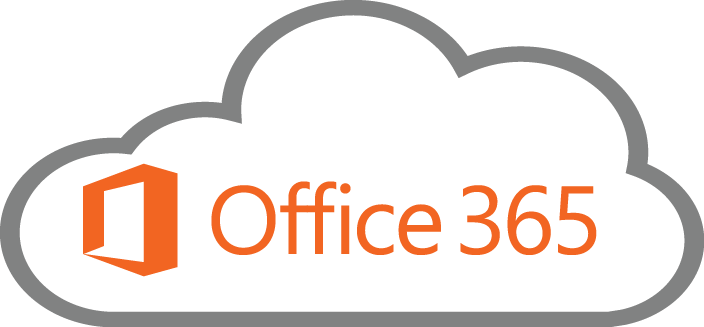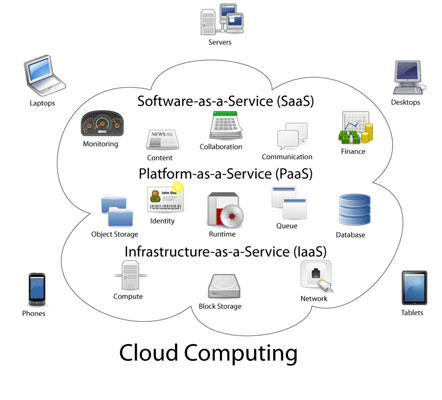Type of Cloud Computing
Cloud computing is about the sharing of computing resources to achieve coherence and lowering cost of business, quite the same to a utility services electric power. At the foundation of cloud computing is the broader concept of converged infrastructure and shared services.
Cloud computing, or in simpler shorthand just “the cloud”, also focuses on maximizing the effectiveness of the shared resources. Cloud resources are usually not only shared by multiple users but are also dynamically reallocated per demand. This can work for allocating resources to users. For example, a cloud computer facility that serves European users during European business hours with a specific application (e.g., email) may reallocate the same resources to serve North American users during North America’s business hours with a different application (e.g., a web server). This approach should maximize the use of computing power thus reducing environmental damage as well since less power, air conditioning, rack space, etc. are required for a variety of functions. With cloud computing, multiple users can access a single server to retrieve and update their data without purchasing licenses for different applications.
The term “moving to cloud” also refers to an organization moving away from a traditional CAPEX model (buy the dedicated hardware and depreciate it over a period of time) to the OPEX model (use a shared cloud infrastructure and pay as one uses it).
Proponents claim that cloud computing allows companies to avoid upfront infrastructure costs, and focus on projects that differentiate their businesses instead of on infrastructure. Proponents also claim that cloud computing allows enterprises to get their applications up and running faster, with improved manageability and less maintenance, and enables IT to more rapidly adjust resources to meet fluctuating and unpredictable business demand. Cloud providers typically use a “pay as you go” model. This can lead to unexpectedly high charges if administrators do not adapt to the cloud pricing model.
The present availability of high-capacity networks, low-cost computers and storage devices as well as the widespread adoption of hardware virtualization, service-oriented architecture, and autonomic and utility computing have led to a growth in cloud computing. Companies can scale up as computing needs increase and then scale down again as demands decrease.
Office 365 Cloud is primarily a SaaS.
There are mainly 3 type of Cloud Computing.
- Service-as-a-service (SaaS) – Office 365, Google Apps for Business
- Platform-as-a-Service (PaaS) – WindowsAzure, Google App Engine
- Infrastructure-as-a-Service (IaaS) – Amazon Web Services, Rackspace
For all Cloud Services, you can claim IRAS PIC.
https://www.iras.gov.sg/IRASHome/uploadedFiles/IRASHome/Quick_Links/PIC%20FAQ_Equipment%20and%20Training.pdf (See Page 6)
https://www.iras.gov.sg/irashome/uploadedFiles/IRASHome/e-Tax_Guides/etaxguides_CIT_PIC_2014_09_19.pdf (See Page 28)
Your Office 365 Specialist – Ronald Soh or Andrew Yong (Sales Hotline +65 6100 2100)
We can perform a situation assessment free of charge at your office premises to determine the level of implementation to deploy Office 365.
Do contact us using below form or call us at to get more about how Office 365 can help in your business.

